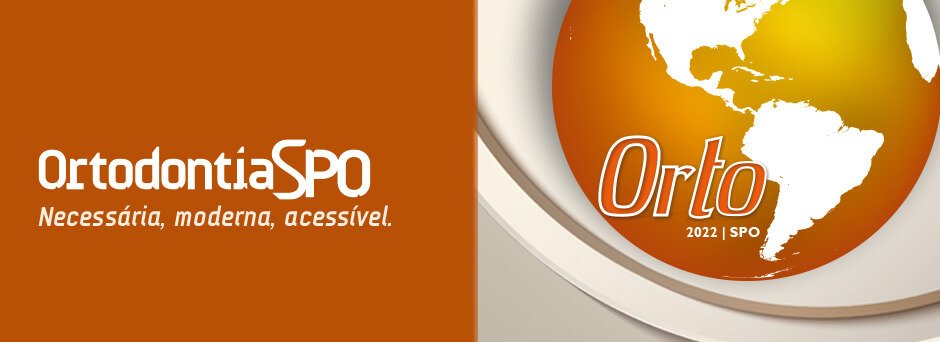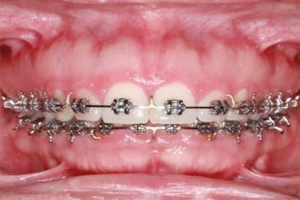AUTORES
Julyanna Laíssa Lima Santos Silva
Acadêmica de Odontologia – Faculdade Florence.
Orcid: 0000-0002-4318-2903.
Luciana Silveira Gonçalves Lima
Doutora em Ortodontia – Centro de Pesquisas Odontológicas São Leopoldo Mandic.
Orcid: 0000-0002-7951-8659.
Saulo André de Andrade Lima
Doutor em Ortodontia – Centro de Pesquisas Odontológicas São Leopoldo Mandic.
Orcid: 0000-0003-0634-6726.
RESUMO
A forma do arco dental é definida através do osso de suporte, dos músculos periorais, das forças funcionais e da posição dos dentes, podendo ser interpretada por formas geométricas, matemáticas e métodos computadorizados. O objetivo desse estudo foi explorar os fatores que influenciam a forma do arco. Trata-se de uma revisão da literatura do tipo narrativa, em que o levantamento bibliográfico foi feito por meio das bases de dados Scientific Eletronic Library Online (SciELO), PubMed e Centro Latino-Americano e do Caribe de Informação em Ciências da Saúde (Lilacs). Após os critérios de exclusão, restaram 35 artigos científicos publicados entre 2001 e 2019. A forma do arco pode ser influenciada por fatores como gênero, etnia, dentadura, hábitos orais deletérios e tipo facial, o que resulta em uma variedade de formatos e que pode proporcionar a ausência de ajuste entre as arcadas, resultando em consequências maléficas para a oclusão normal. Portanto, pelo fato da forma do arco poder ser influenciada por vários fatores, o que pode trazer sequelas, é importante o cirurgião-dentista compreender e entender como esses fatores genéticos, ambientais, culturais e geográficos podem mudar de indivíduo para indivíduo, interferindo no formato final das arcadas e, portanto, na tomada de decisão diante do tratamento a ser executado.
Palavras-chave – Arco dental; Ortodontia; Genética; Etnia; Cultura.
ABSTRACT
The shape of the dental arch is defined through the supporting bone, the perioral muscles, the functional forces and the position of the teeth and can be interpreted by geometric shapes, mathematics and computerized methods. The aim of this study was to explore the factors that influence the shape of the arch. This was a narrative-type literature review in which the bibliographic search was carried out using the databases Scientific Eletronic Library Online (SciELO), PubMed and the Latin American and Caribbean Center for Health Sciences Information (Lilacs). After the exclusion criteria, 35 scientific articles were published from 2001 to 2019. The shape of the arch can be influenced by factors such as gender, ethnicity, denture, harmful oral habits and facial type, which results in a variety of formats and which can provide the absence of adjustment between the arches, allowing harmful consequences for normal occlusion. Therefore, because the shape of the arch can be influenced by several factors, which can lead to sequels, it is important for the dentist to understand how these genetic, environmental, cultural and geographical factors can change from individual to individual, interfering in the final shape of the arcades and therefore, in the decision making regarding the treatment to be performed.
Key words – Dental arch; Orthodontics; Genetics; Ethnicity; Culture.
Recebido em jan/2021
Aprovado em mar/2022






